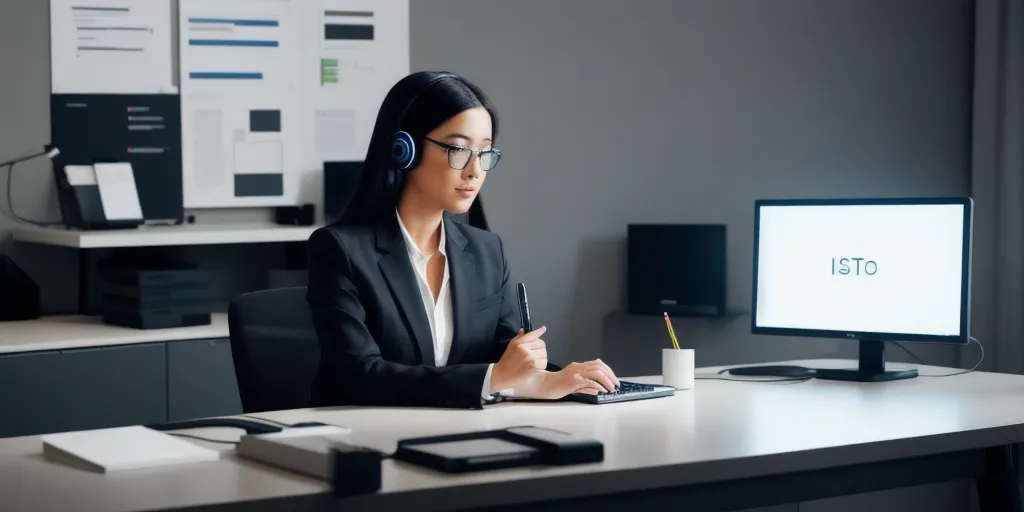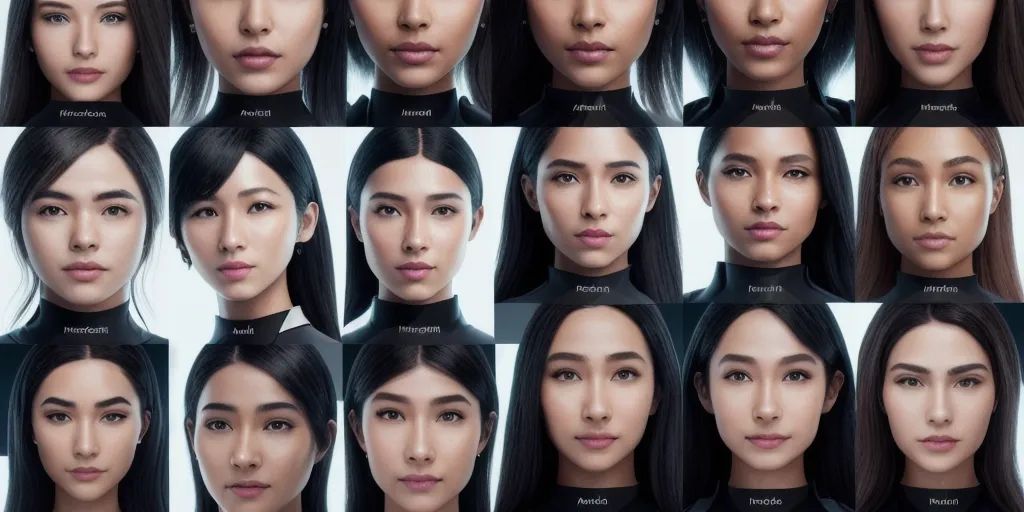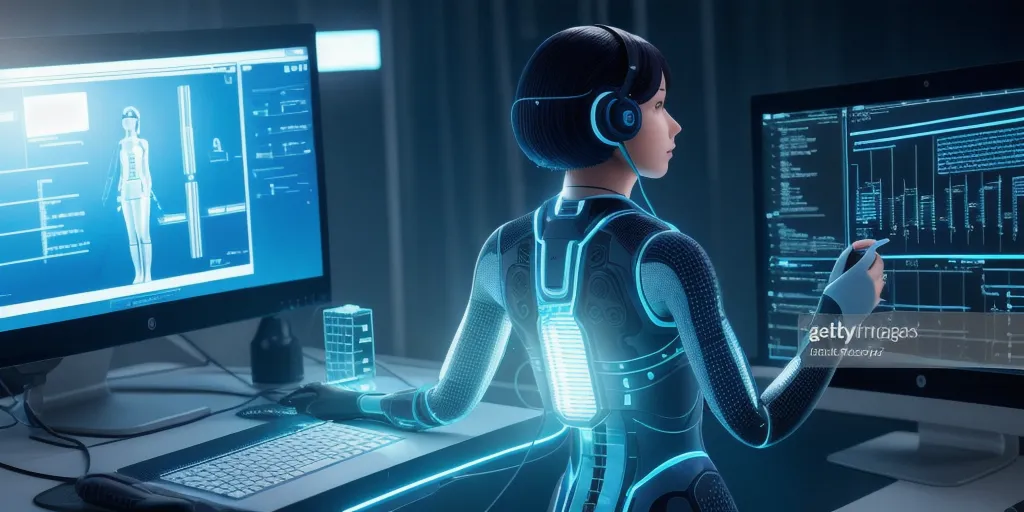To generate AI video from text, you can utilize various artificial intelligence tools and software available in the market. One popular option is using natural language processing (NLP) technology to convert text into a script, which can then be used to create a video.
NLP algorithms can analyze the text, identify key themes, and generate a storyboard for the video. Another approach is to use AI-powered video creation platforms that can automatically generate videos based on the text input. These platforms often come with pre-designed templates, animations, and voice-over options to create professional-looking videos quickly and efficiently.
Additionally, you can also explore deep learning models that can generate realistic human-like animations based on text descriptions. By leveraging AI technology, you can easily transform text into engaging video content without the need for manual video editing skills.
Overall, generating AI video from text involves utilizing advanced AI tools and software to automate the video creation process and produce high-quality videos efficiently.
What tools can be used to convert text into a video script?

There are several tools available that can be used to convert text into a video script. One popular option is using a scriptwriting software such as Celtx or Final Draft, which allows users to easily format their text into a script suitable for video production.
These tools often come with features such as character and scene breakdowns, as well as collaboration options for multiple users to work on the script simultaneously. Another tool that can be used is a speech-to-text software like Dragon NaturallySpeaking or Google Docs Voice Typing, which can transcribe spoken words into written text that can then be edited and refined into a video script.
Additionally, online platforms like Scripted or Scriptly offer services where professional writers can help convert text into a video script based on specific requirements and guidelines.
By utilizing these tools, content creators can efficiently transform their written content into a well-structured and engaging video script, ready for production.
How can natural language processing help in creating a video storyboard?

Natural language processing can be a valuable tool in creating a video storyboard by helping to analyze and interpret the content of the script or dialogue. By utilizing NLP algorithms, filmmakers can extract key information such as character interactions, plot points, and emotional cues from the text, which can then be used to visualize and plan out the scenes in the storyboard.
NLP can also assist in identifying important keywords and themes within the script, allowing for a more focused and cohesive storyboard creation process.
Additionally, NLP technology can help streamline the storyboard development process by automatically generating scene descriptions, shot lists, and camera angles based on the script input. This can save time and effort for filmmakers, allowing them to quickly translate their vision from words to visuals.
Overall, natural language processing can enhance the efficiency and accuracy of creating a video storyboard by providing valuable insights and automation tools that aid in the visualization and planning of the film’s narrative.
What are ai-powered video creation platforms capable of?

AI-powered video creation platforms are capable of revolutionizing the way videos are produced by automating various aspects of the process. These platforms utilize artificial intelligence algorithms to analyze data, generate scripts, select visuals, and even edit videos.
By leveraging AI technology, these platforms can create high-quality videos in a fraction of the time it would take a human to do so manually. Additionally, AI-powered video creation platforms can personalize content based on user preferences, making videos more engaging and relevant to the target audience.
These platforms also have the ability to optimize videos for different platforms and devices, ensuring that the content reaches a wider audience. Furthermore, AI-powered video creation platforms can streamline the production process, reduce costs, and improve efficiency for businesses looking to create video content.
Overall, these platforms have the potential to transform the video production industry by making it more accessible, efficient, and effective for content creators of all levels.
How do deep learning models generate animations from text descriptions?

Deep learning models generate animations from text descriptions through a process known as text-to-image synthesis. These models utilize a combination of natural language processing (NLP) techniques and computer vision algorithms to interpret the textual input and generate corresponding visual outputs.
The first step involves encoding the text description into a numerical representation using techniques such as word embeddings or recurrent neural networks (RNNs). This encoded text is then fed into a generative adversarial network (GAN) or a variational autoencoder (VAE) to generate the corresponding image or animation.
The GAN or VAE is trained on a dataset of paired text descriptions and images to learn the mapping between the two modalities. By optimizing the network’s parameters through backpropagation and gradient descent, the model learns to generate realistic animations that align with the input text descriptions.
This process allows deep learning models to create visually compelling animations based on textual input, enabling applications in fields such as entertainment, education, and virtual reality.
Overall, the combination of NLP and computer vision techniques in deep learning models enables the generation of animations from text descriptions with impressive accuracy and realism.